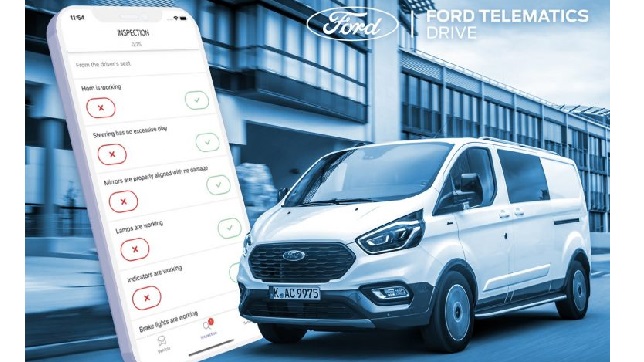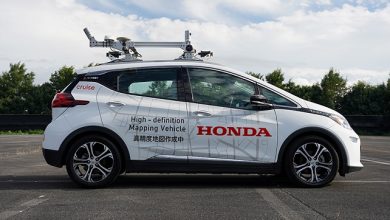Ford Telematics extended to work with all makes and models in Europe

Earlier this year, Ford launched Ford Telematics to enable customers to better manage their vehicle fleets. And now, the web-based service and platform are getting an update that enables users to add vehicles from other manufacturers.
Before going any further, we should note that the ability to add non-Ford vehicles to the Ford Telematics service appears to be limited to Europe at this time. It’s unclear whether the multi-make functionality will make its way to other parts of the world, such as the Americas.
In any event, multi-make functionality is a straightforward update that will allow fleet managers to integrate every on of their vehicles into the Ford Telematics desktop app. The result is a single system that’s capable of managing vehicles from every manufacturer and enabling commercial vehicle customers to save time by ditching multiple OEM solutions for one Ford-supported interface.
Ford will provide a plug-in device that connects to every vehicle using an OBD II port or wiring harness. Compatibility extends to most the model year 2015 and newer vehicles.
Ford is also launching a new companion app to Ford Telematics. Called Ford Telematics Drive, the new app – available for both Android and iOS – extends the Ford Telematics ecosystem to drivers, enabling drivers to instantly transmit information about their assigned vehicle to the fleet manager.
Drivers will be able to pair the app to a specific vehicle in the fleet. The app will provide a system of daily checks for drivers, and if a vehicle encounters a problem or becomes damaged, the companion app also allows drivers to report problems. They can flag something like a defect, estimate the severity of an issue, and even send photos via the app to the fleet manager’s desktop interface.
These added features come at no additional cost for current Ford Telematics subscription holders. They enhance an already robust fleet management system that enables commercial vehicle customers to monitor their fleets via GPS tracking and geofencing, obtain live vehicle health alerts, set reminders for vehicle service, track and analyze driver behavior, as well as manage fuel usage.




